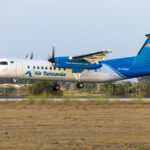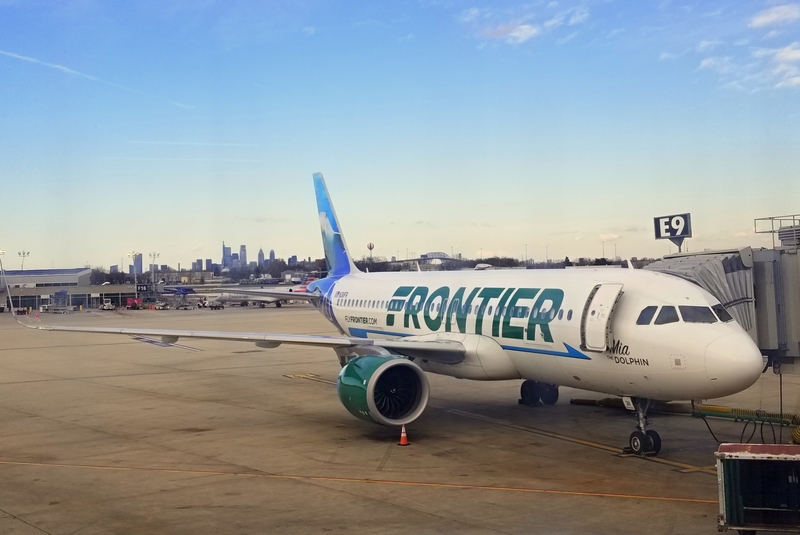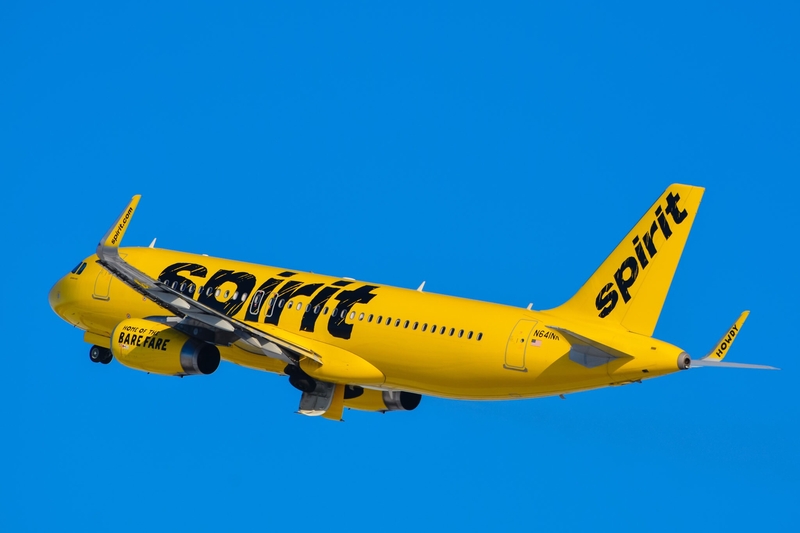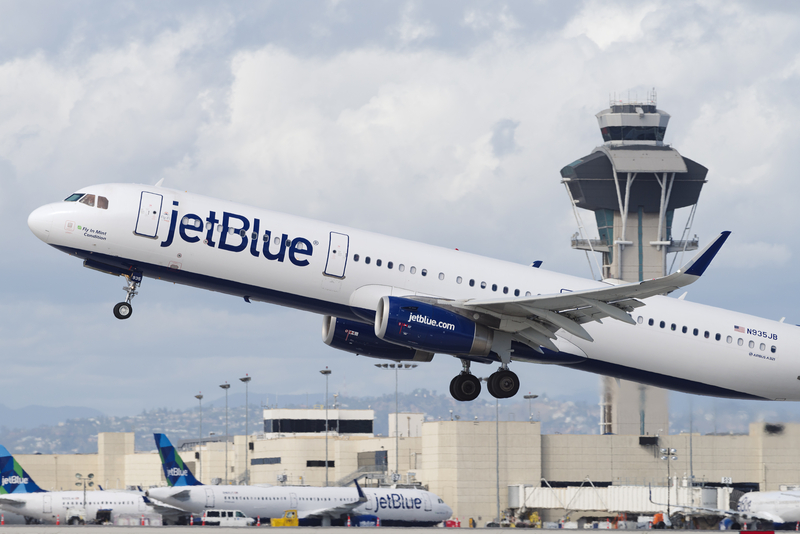Croatia Airlines Takes Delivery of the World’s Highest-Capacity A220-100
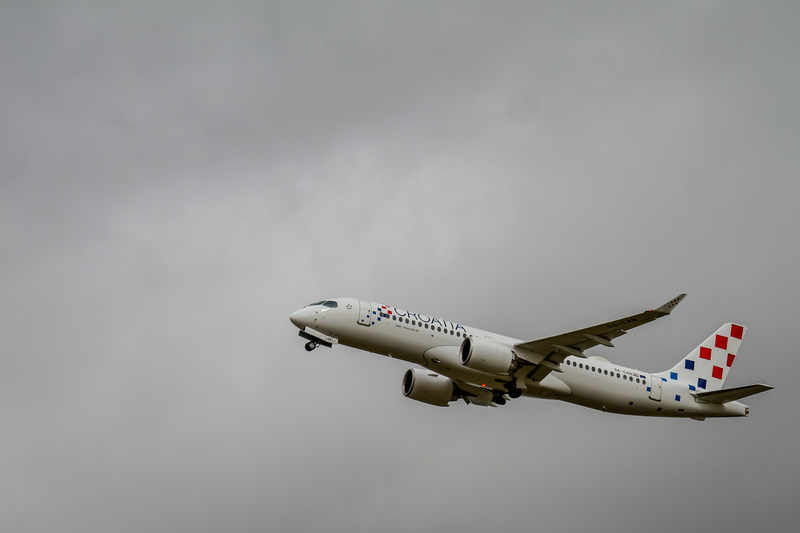
ID 394016035 | Air © Jean Marc Pierard | Dreamstime.com
A tiny jet with a big milestone
Croatia Airlines (OU) has taken delivery of its first Airbus A220-100, registered 9A-CAO—and it’s a record-setter. Configured with 127 seats in all-economy, it’s now the densest A220-100 in service anywhere. The carrier plans to add a second -100 in 2027 as part of a sweeping fleet renewal.
Why this configuration matters
The A220-100 is the smaller, less-ordered sibling of the A220 family. While the -300 has amassed 800+ orders, the -100 remains a niche choice with only a handful of operators. Packing 127 seats into the -100 signals Croatia Airlines’ push for lower unit costs on short- and medium-haul routes—especially important as it retires older Airbus narrowbodies and turboprops.
For context, the previous seat-density high-water mark on the -100 was 125 seats (tied by ITA Airways and SWISS). At the other end of the spectrum, Delta Air Lines fits just 109 seats across three cabins (Business, Premium Economy, Economy), prioritizing comfort and product differentiation over raw capacity.
Where 9A-CAO will fly first
From its Zagreb (ZAG) hub, Croatia plans an initial month focused on Brussels (BRU) with roughly 10 rotations, plus appearances on key European business and leisure routes—Frankfurt, Milan, Barcelona—and domestic hops to Dubrovnik and Split. In its first month, the jet will operate ~42 flights and supply ~5,300 seats.
A modern backbone for the whole airline
This delivery is one piece of Croatia Airlines’ move to an all-A220 fleet by 2027:
-
Exiting: aging A319/A320 family (average ~23.5 years) and Dash 8 Q400s
-
Entering/Active: a growing mix of A220-100 and A220-300 (the airline already flies six -300s, first delivered in 2024)
-
Target fleet: 15 A220s by 2027, leased in part from Air Lease Corporation
CEO Jasmin Bajič framed the milestone succinctly: the new jet “strengthens our network, improves the onboard experience, and supports more sustainable operations.”
Comfort trade-offs vs. cost wins
A 127-seat -100 won’t feel as airy as lower-density layouts. But compared with the airline’s retiring Dash 8 turboprops and older A319/A320s, the A220 brings clear upgrades: a quieter, brighter cabin; better fuel burn; and improved reliability. For OU, the math is straightforward—more seats + lower fuel per seat = healthier fares and yields on competitive European routes.
Why the A220-100 trails the -300
The -300’s extra rows make it the default choice for most airlines seeking growth and flexibility, which is why it dominates order books. The -100 still has a role: thinner markets, slot-constrained airports, and range/efficiency that beat legacy 100–120-seat jets. Recent interest (e.g., LOT’s 2025 commitment for both variants) shows the -100 can thrive—especially when paired with ultra-efficient layouts like Croatia’s.
The stretch question: A220-500
Operators such as Breeze Airways have openly pined for a larger A220-500, which would push the family deeper into mainline narrowbody territory. Airbus, however, has said any stretch must wait until the A220 program reaches sustained profitability. Until then, carriers like Croatia will maximize what’s available—by cranking density on the -100 and deploying the -300 where demand warrants.
Bottom line
Croatia Airlines’ first A220-100 doesn’t just refresh a fleet—it redefines the -100’s economics with a 127-seat setup, the world’s highest for the type. Expect to see the jet quickly become a workhorse on OU’s European network, squeezing more value from every departure while the carrier marches toward an all-A220 future by 2027.
